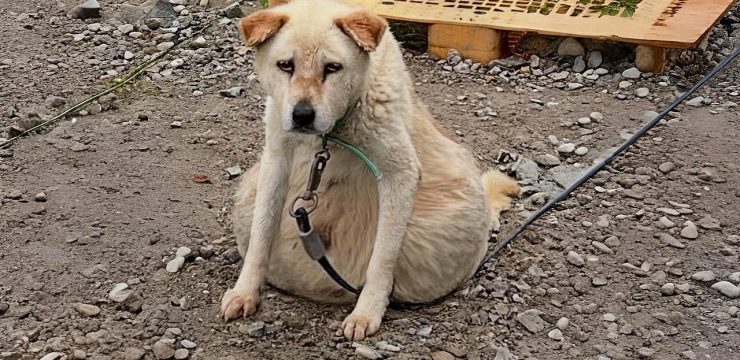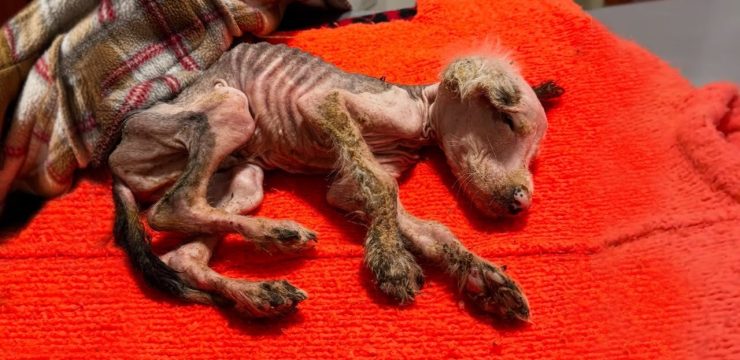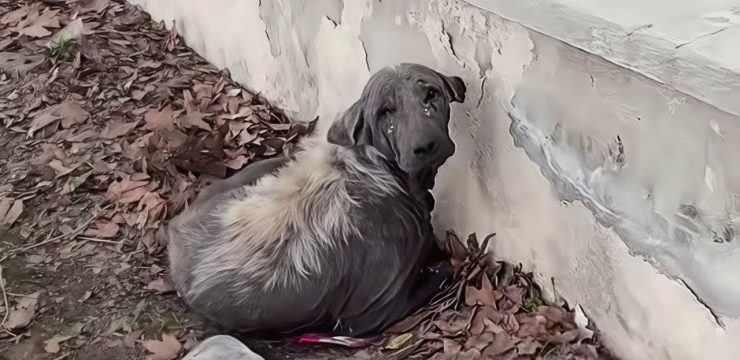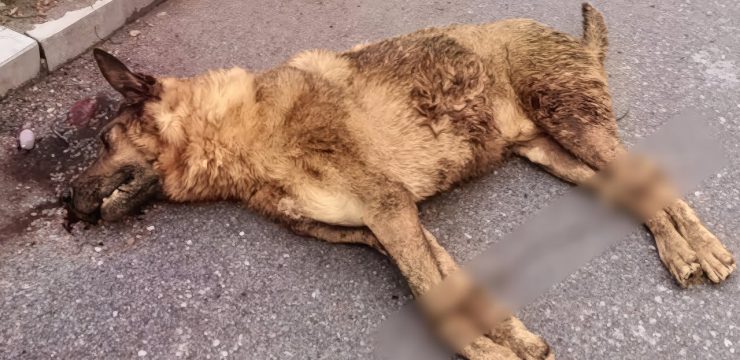Katie Stubblefield once had her whole life ahead of her. But at just 18 years old, everything changed in the blink of an eye. After a heartbreaking breakup with her boyfriend, Katie attempted to take her own life by shooting herself in the face. Miraculously, she survived. But what followed was a journey filled with pain, resilience, and ultimately, one of the most extraordinary medical transformations in history.
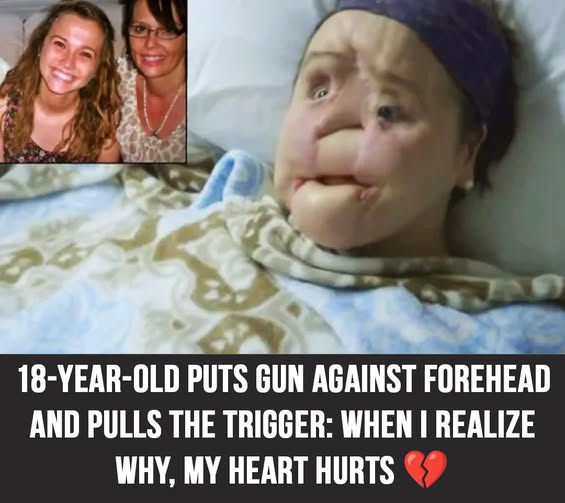
At 21, Katie became the youngest person in the United States to receive a face transplant, and only the 40th individual worldwide to undergo such a procedure. The operation took more than 30 hours, but it offered her something most people don’t get—a second chance at life.
In a world where we often find ourselves frustrated by life’s minor inconveniences—a cold cup of coffee, a delayed bus, or a boring TV episode—it’s important to pause and put things in perspective. Katie’s story is a powerful reminder of the strength of the human spirit and the miracles of modern medicine. Every time I find myself complaining about the small stuff, I now think of Katie.
Katie grew up in Lakeland, Florida, and moved with her family first to Owensboro, Kentucky, and later to Oxford, Mississippi. Her parents took teaching jobs at a Christian school in Oxford, where Katie also enrolled. Her sister Olivia described her as fearless, fun-loving, and someone who always wanted to help others. But as Katie grew older, her drive to be perfect in everything—from academics to sports—became more intense.
She found love in high school, and her relationship quickly turned serious. They even talked about marriage. But life began to spiral. Katie had undergone several medical procedures, including surgery for gastrointestinal issues, an appendix removal, and gallbladder removal due to complications. On top of that, her parents were both fired from their jobs at the school, adding to the stress at home.
Then, on March 25, 2014, Katie’s world fell apart. She discovered text messages from another girl on her boyfriend’s phone. When she confronted him, he broke up with her. Devastated, she drove to her brother Robert’s house. When her mom Alesia arrived to comfort her, Katie refused to talk. While Alesia and Robert stepped outside to speak privately, a loud bang rang out. They rushed back inside and found the bathroom door locked. Robert immediately smelled gunpowder. Katie had shot herself.
Emergency responders feared the worst. But Katie was still alive—and even able to speak. Her first words in the emergency room were an apology to her parents. The damage to her face was unimaginable. She had lost parts of her forehead, nose, sinuses, and mouth. Most of her jaw and facial bones were gone. Her eyes remained but were badly injured. That same night, doctors informed her family that her best shot at a meaningful recovery would be a face transplant.
At the time, Katie had no idea what a face transplant even was. She remembered nothing about the incident or the events surrounding it. When her parents explained what had happened and what doctors proposed, Katie was both shocked and hopeful. “I had no clue what a face transplant was,” she said. “But once I understood, I was excited to get a face again and to have function again.”
Katie was transferred between hospitals in Mississippi and Tennessee as she underwent multiple reconstructive surgeries and extensive rehabilitation. She was eventually placed on a transplant waiting list. A year later, a donor was found. Adrea Schneider, age 31, had passed away, and her family agreed to donate her face to Katie.
On May 4, 2017, Katie underwent the historic transplant surgery at the Cleveland Clinic in Ohio. The procedure involved transplanting her scalp, forehead, upper and lower eyelids, eye sockets, nose, upper cheeks, upper jaw and half of her lower jaw, teeth, nerves, muscles, and skin. It took 11 surgeons and dozens of specialists working for 31 hours to complete the complex operation. The result was a success.
After the surgery, Katie expressed deep gratitude. “To reach this point of recovery has often times been a difficult road to travel, but I’m thankful there’s been a road,” she said. “To call my surgeons, physicians, nurses and caregivers world class would be an understatement. And to my donor and her family—words cannot express the appreciation I have for this incredible gift.”
Recovery was just beginning. Katie’s parents became her round-the-clock caregivers. She had a list of medications that was two and a half pages long. She attended physical therapy twice a week, worked with a personal trainer twice a week, and had occupational therapy once a week. She also took braille lessons two or three times a week and speech therapy four times a week.
Speech was especially challenging. Because she had received the donor’s mouth, and only parts of her upper palate remained, her speech was difficult to understand. Her parents often had to interpret for her. Her voice became nasally, which she once described as sounding “like a frog.” But despite the hurdles, Katie never gave up.
Fourteen months after her transplant, she had undergone three revision surgeries to refine her features, reduce scarring, and improve the appearance and function of her eyelids. “I am able to touch my face now, and it feels amazing,” she told CNN. “You take it for granted—the bone, the tissue, the muscles—everything. But when it’s gone, you recognize the big need. Then when you receive a transplant, you’re so thankful.”
Katie now plans to pursue a college education online and hopes to become a counselor and motivational speaker. Her story is one of resilience, courage, and redemption. It shows how even in our darkest moments, with the right support and groundbreaking science, healing and hope are possible.
Katie’s journey is a testament to human strength and medical innovation. Her transformation has inspired thousands and continues to shine a light on the importance of mental health, family support, and second chances. Please share Katie’s story with your friends and loved ones to honor the brilliant medical team who made it possible—and to remind others that even in our most broken moments, there can still be hope.
